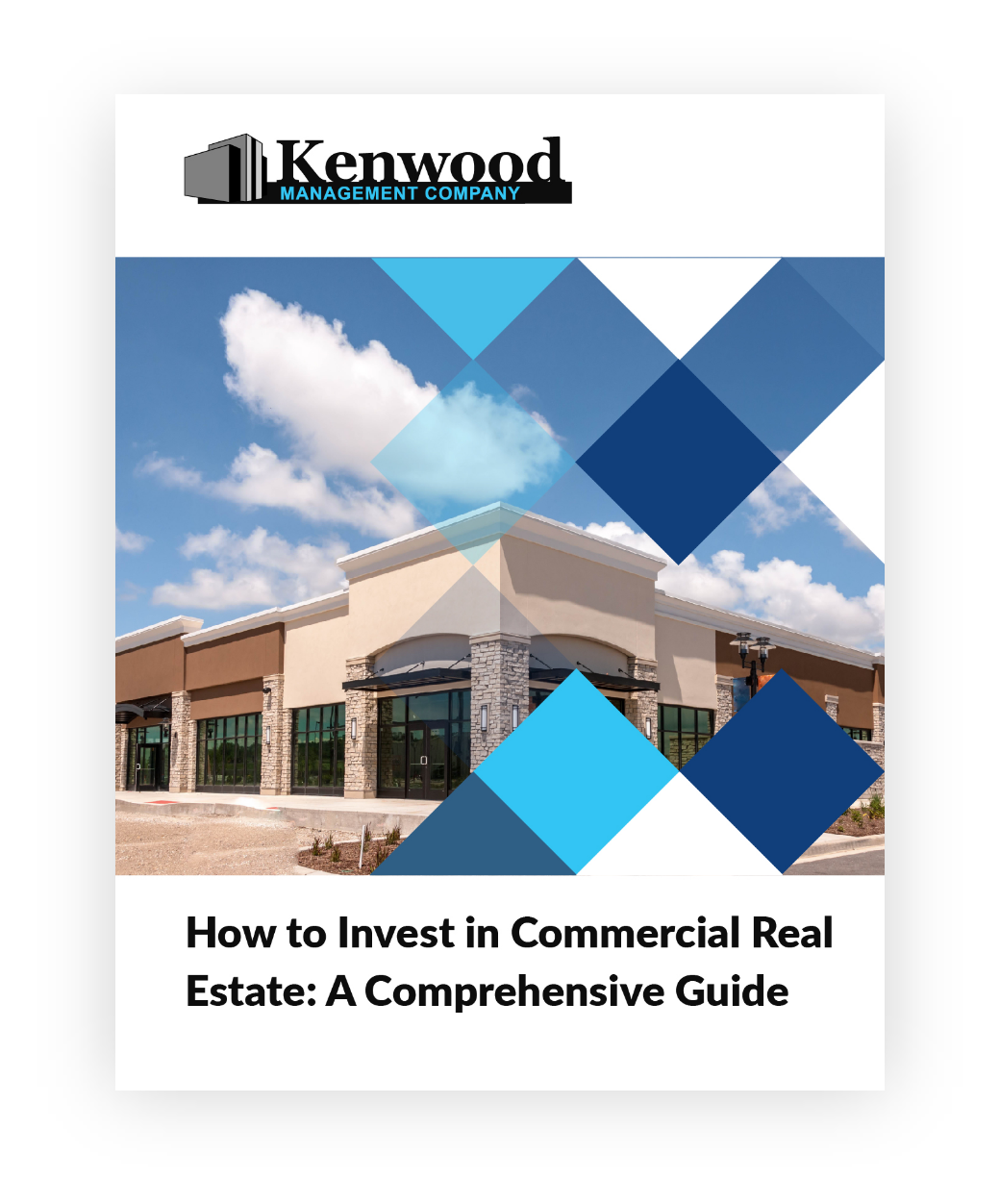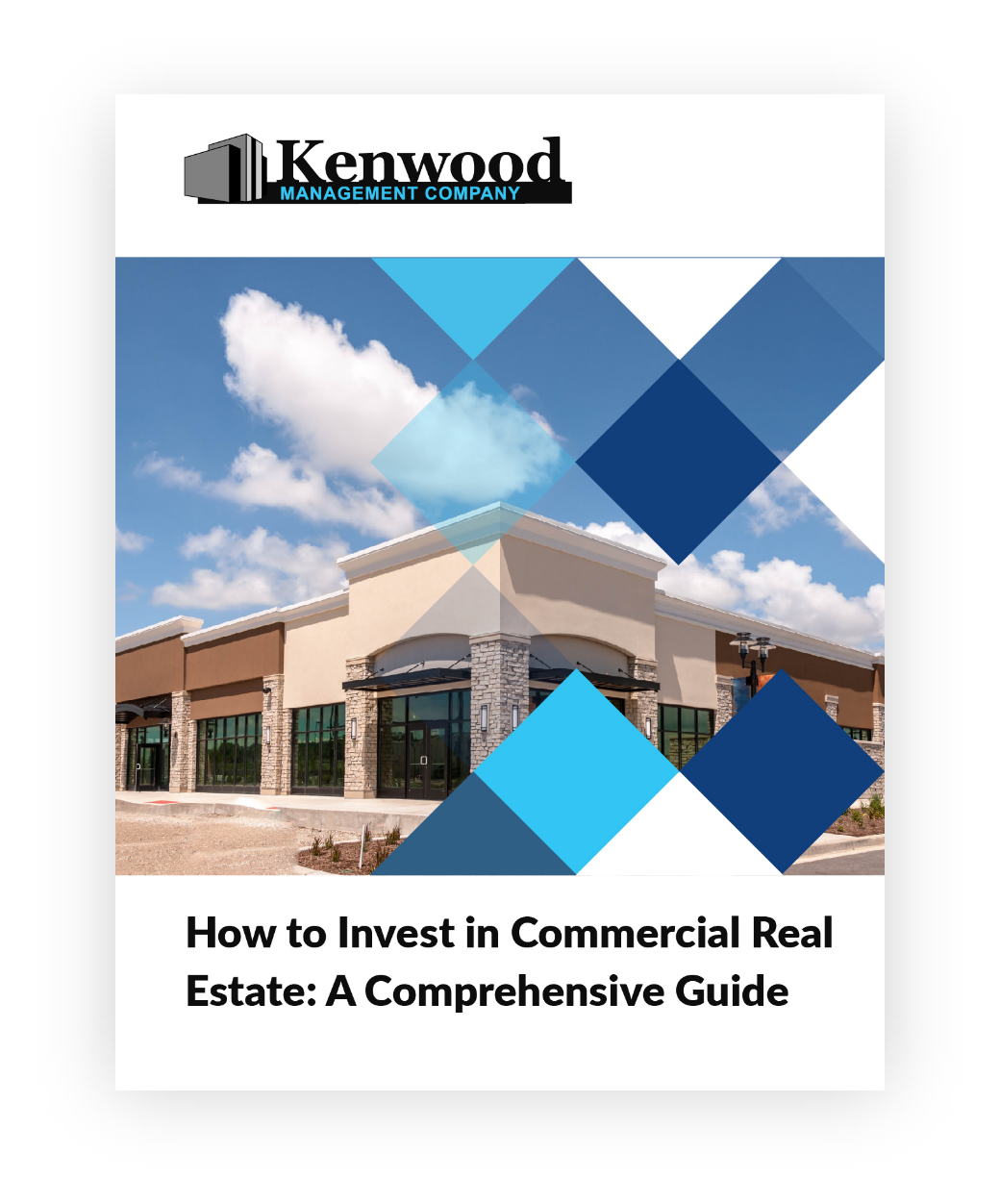Understanding Commercial Real Estate Investing

Unlike residential properties, where income is generated primarily through rent from one or two tenants, commercial properties can have multiple revenue streams.
Income can come from lease agreements. These are often long-term contracts, providing a steady cash flow far more consistent than residential leases. Depending on the type of commercial property, these leases can be from retail businesses, office-based companies, or industrial firms.
Second, some properties may also include advertising opportunities. For instance, a billboard on the side of a commercial building or a logo atop a skyscraper can provide an additional source of income.
Finally, there's the potential for appreciation. Over time, commercial real estate investors can benefit from the increase in the property's value, often due to changes in the market or enhancements to the property itself. This long-term capital gain can sometimes surpass the income earned from leases and advertising, making it a significant part of the return on investment.
There are other advantages associated with investing in commercial real estate. For example, an office building with various businesses leasing space offers diversified income sources. If a tenant leaves, leasing the space to another business is always possible.
Additionally, some commercial real estate properties may appreciate over time, increasing an investor’s ROI.
The Changing Demand for Office Spaces
The COVID-19 pandemic has inevitably left its mark on every aspect of life, including commercial real estate investing trends.
One of the most impactful changes from the pandemic is the shift towards remote work. Many businesses, having adapted to a fully remote or hybrid model during lockdowns, are now reconsidering the need for large, centralized office spaces.
This shift is leading to a decrease in demand for traditional office space and an increase in the desire for flexible workspaces that can adapt to the changing needs of businesses. As a result, many commercial real estate investors are looking to capitalize on this trend by investing in properties that offer flexible solutions such as coworking spaces and virtual offices.
Increased Demand for Industrial Spaces
The pandemic has also increased demand for industrial and warehouse space due to the surge of e-commerce shopping. Retailers have had to adapt quickly to stay competitive in an increasingly digital world.
The rise of e-commerce has significantly influenced investment trends within this sector. Traditional brick-and-mortar retailers face fierce competition from online platforms, reducing demand for retail store investments.
A Wealth of New Opportunities
While it's easy to focus on the challenges brought about by changes in retail trends, it's equally essential to recognize the silver linings and opportunities they present. Declining interest in traditional storefronts doesn't mean the end of brick-and-mortar spaces; it signifies a pivot towards a more versatile and adaptive utilization.
For starters, vacant storefronts can be transformed into fulfillment centers. As e-commerce surges, the demand for localized distribution hubs also grows. Businesses can ensure faster customer delivery by converting unused retail spaces into these hubs.
This reduces shipping times and minimizes the environmental impact of long-haul transportation. Moreover, it provides a means for landlords to repurpose their properties, ensuring that these spaces remain economically productive.
Similarly, the rise of the gig economy, remote work, and freelancing culture has led to a growing need for shared workspaces. Converting vacant storefronts into co-working spaces can address this demand. These establishments offer professionals a dedicated space to work, collaborate, and network.
This adaptive use can also reinvigorate local economies by attracting an assorted group of professionals to an area, leading to increased patronage of nearby cafes, restaurants, and services.
This may prove to be a profitable opportunity for investors thinking outside of the box.
Multi-Tenant Leasing
Multi-tenant leasing is a strategy that can offer both lucrative returns and a degree of risk mitigation.
This approach involves leasing a single commercial property to multiple tenants, each occupying separate spaces within the same building or complex.
The most significant advantage of multi-tenant leasing is the ability to diversify income streams. With multiple tenants paying rent, you're not overly reliant on a single occupant. This diversification can help stabilize cash flow, even if one tenant vacates or faces financial challenges.
While no investment is entirely risk-free, multi-tenant leasing can reduce the risk of a single tenant's financial instability. If one tenant encounters difficulties, the income from other tenants can help offset potential losses.
In some cases, multi-tenant leasing can result in higher overall rental income than leasing the entire space to a single tenant. Different tenants may be willing to pay premium rents for specific spaces or amenities.










